In the winter morning, if you walk through Tollyganj Lane the fog and mist will not invite you, but you can see the local vendor selling fruits, woman washing the clothes at the filthy Adi Ganga Lane, the hizzy bizzy of market place and what will be most amazing the morning prayers at the 200 years old temples that were built by the zamindars of Bengal. Yeah it’s true…. It is a small village in the midst of Kolkata cacophony.
 History of Kolkata tells the modern generation about the division of money by British East India Company from Mir Zafar, the establishment of British Houses and the ports, the fall and the cruelty of Siraj-ud-daullah and the struggle of Bengali revolutionaries; but there is an another history. It’s the history of making the new planned village (Kasba) or Samriddhogram and the establishment of zamindari in an around Kalikata village actually in the southern most tip, which we now call as South Kolkata, now portrayed as the most posh area in this cultural capital city of India. It’s about the zamindari set up by the Mondal family of Bawali, now located in Budge Budge. The establishment of Bawali Zamindari set up during the late Mughal era and declined when modern Kolkata was planned after 1947.
History of Kolkata tells the modern generation about the division of money by British East India Company from Mir Zafar, the establishment of British Houses and the ports, the fall and the cruelty of Siraj-ud-daullah and the struggle of Bengali revolutionaries; but there is an another history. It’s the history of making the new planned village (Kasba) or Samriddhogram and the establishment of zamindari in an around Kalikata village actually in the southern most tip, which we now call as South Kolkata, now portrayed as the most posh area in this cultural capital city of India. It’s about the zamindari set up by the Mondal family of Bawali, now located in Budge Budge. The establishment of Bawali Zamindari set up during the late Mughal era and declined when modern Kolkata was planned after 1947.
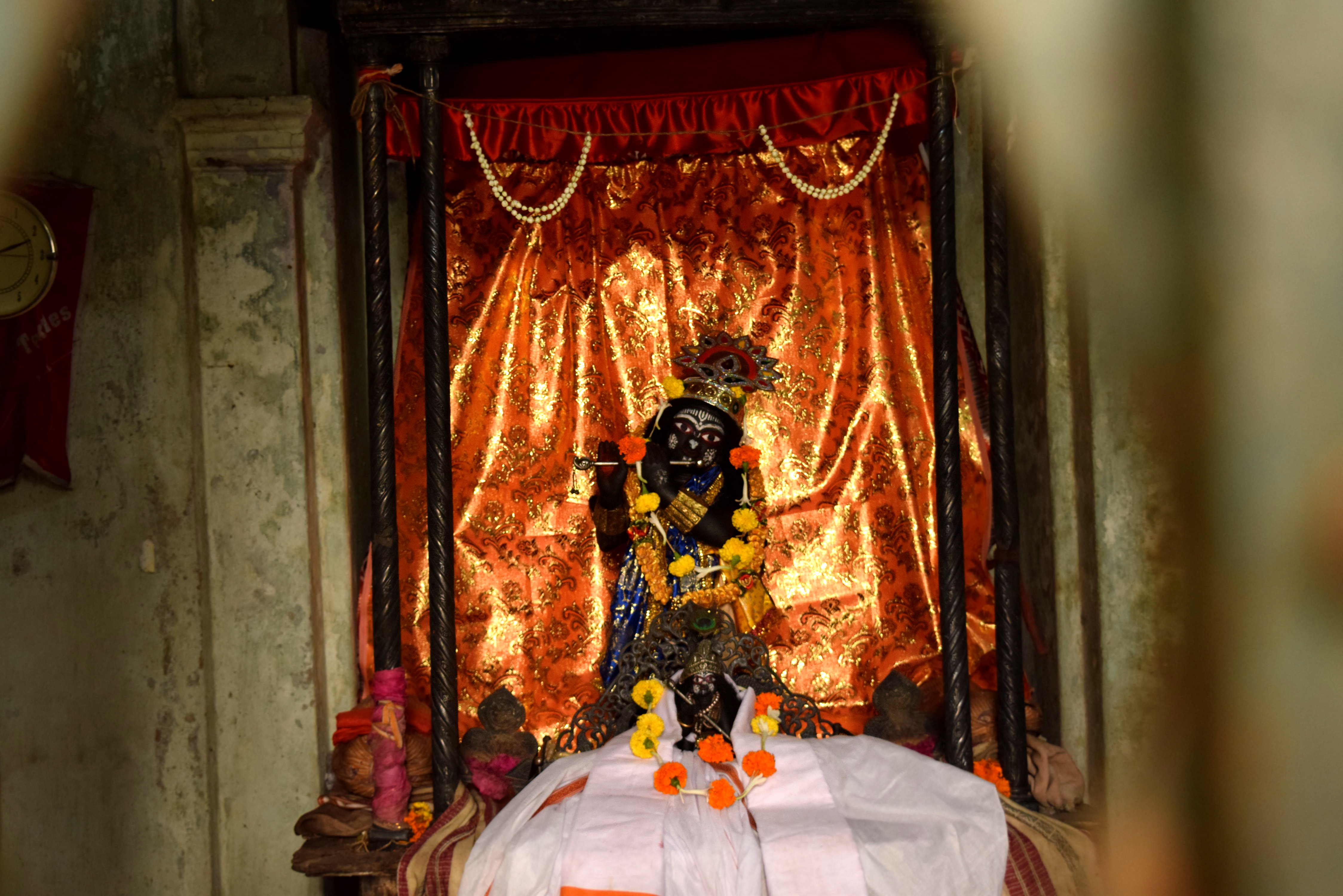 Originally, the Mondals were Roys. They were titled by the Mughals as the Mondals. Shovoram Roy was the architect of Zamindari in an around Budge Budge, Achipur, Tollygaunge, Chetla. Shovaram’s grandson Rajaram was the army general of the Raja of Hijli. Raja of Hijl was happy for his bravery, the king offered him the ownership of 50 villages, which included Bowali and Budge Budge. Thus the beginning of the Mondal family’s dominance began in the entire area around 1708 to 1715. This zamindar family flourished under Rajaram’s grandson Haradhan, who enjoyed the patronage of British East India Company.
Originally, the Mondals were Roys. They were titled by the Mughals as the Mondals. Shovoram Roy was the architect of Zamindari in an around Budge Budge, Achipur, Tollygaunge, Chetla. Shovaram’s grandson Rajaram was the army general of the Raja of Hijli. Raja of Hijl was happy for his bravery, the king offered him the ownership of 50 villages, which included Bowali and Budge Budge. Thus the beginning of the Mondal family’s dominance began in the entire area around 1708 to 1715. This zamindar family flourished under Rajaram’s grandson Haradhan, who enjoyed the patronage of British East India Company.
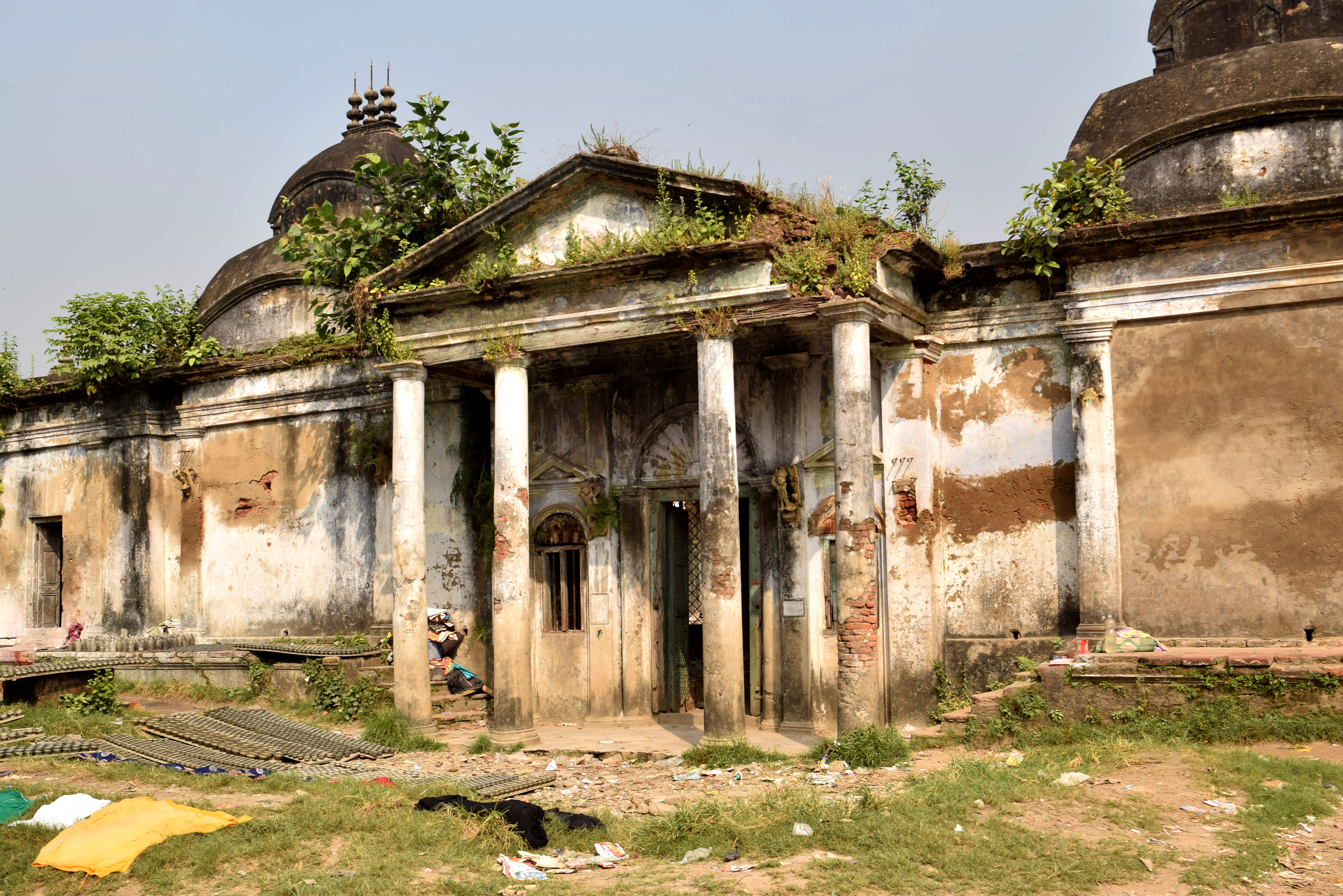 In 18th Century, Robert Clive invited the Mondal Family to settle in Kolkata. Ramnath Mondal and Manick Mondal responded to the invitation of Robert Clive and settled on the banks of the Adi Ganga that is the present day Chetla-Tollygunge area. Haradhan built many temples around Chetla. Now these temples are in dire condition. Only you can seethe local priest worshipping Lord Krishna in these temples. Latre Hardhan’s sons Ramnath Mondal and Manick Mondal built many temples in Chetla.
In 18th Century, Robert Clive invited the Mondal Family to settle in Kolkata. Ramnath Mondal and Manick Mondal responded to the invitation of Robert Clive and settled on the banks of the Adi Ganga that is the present day Chetla-Tollygunge area. Haradhan built many temples around Chetla. Now these temples are in dire condition. Only you can seethe local priest worshipping Lord Krishna in these temples. Latre Hardhan’s sons Ramnath Mondal and Manick Mondal built many temples in Chetla.
There is a temple of 90 feet, where Lord Krishna is worshipped called Radhanath Temple, now located in the filthy area of Hindu-Muslim area just after Prince Anwar Shah Road Connector. This temple was built by Radhanath Mondal, that’s named Radhantah temple. The construction of Radhanath Temple started in the year 1796 and was completed in 1809. The architecture follows the old Nabartna style. You can also see the similar temples in Bawali, Budge Budge and the Dakhineshwar Kali Temple. The mixture of old English architecture and the Bengal architecture makes the temples alluring. But these temples are now in poor condition. The temple main building, the Natmandir and the NabaR atna style are the 18th Century style of Burdwan temples also.
If you want to walk, then come to Prince Anwar Shah Road and turn left, you see the buses are moving ply to Behala. There you need to walk to a small bridge on Adi Ganga. The road runs parallel and connects to inner Chetla. The houses around Chetla, you see are erected in typical North Calcutta style, as you see in Amherst Street.
Boro Rashbari and Choto Rashbari are built in same way. They are built after the erection of Radhanath Temple. Boro Rashbari was built by the elder brother of Bawali Mondal family and the Choto Rashbari was built by the younger brother. These temples are located just a five minutes walk from Choto Rasbari. If you come by Rashbehari, you can find the Choto Rashbari and then cross a small fish market. Boro Rashbari will be there. But the Boro Rashbari is well maintained than Choto Rashbari.
The flat roof structure of Choto Rashbari is supported by slender columns that lead to the Adi Ganga (Tolly Nala) via a flight of steps. The temple complex of Choto Rashbari housed within a high wall has a huge courtyard paved with black and white marbles in a chess pattern. That was popular in early modern Bengali houses. On the side are six temples each, in aat chala structure and houses Lord Shiva in a clock way, that was influenced from the 108 temples of Kalna.
The central part of Choto Rashbari follows the naba ratna style and is flanked on both side by similar looking, slightly shorter structures, follow the pancha ratna style.
All the temples in Chetla- Tollygaunge road are in dilapidated condition. Some of the temples were repaired. But with the passage of time, these temples will be in ruins, if the major master plan will not be taken from Government.


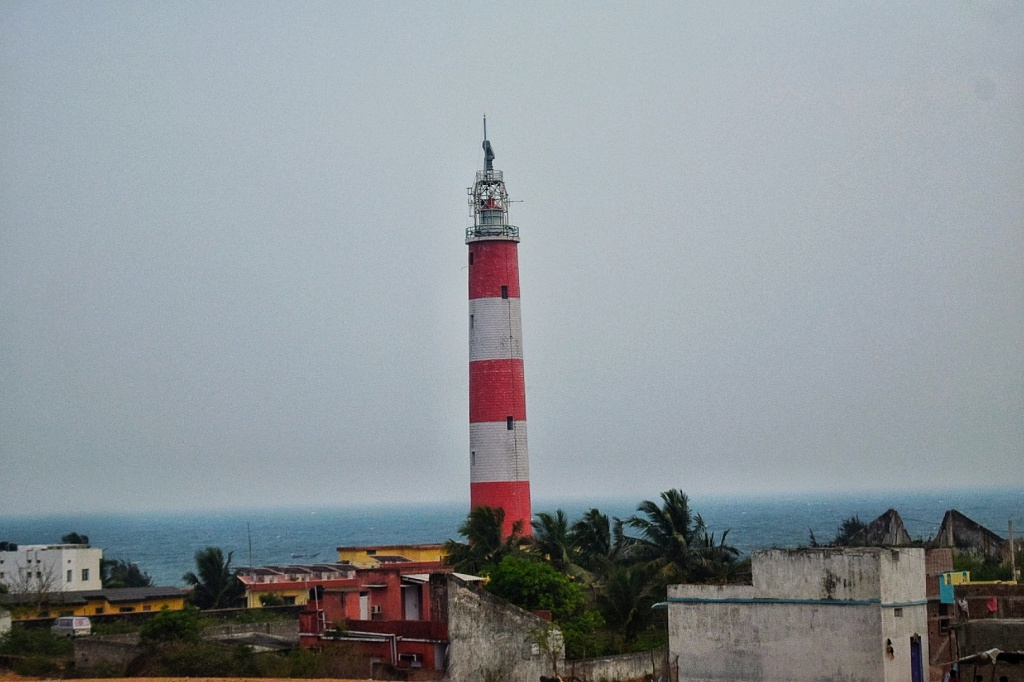
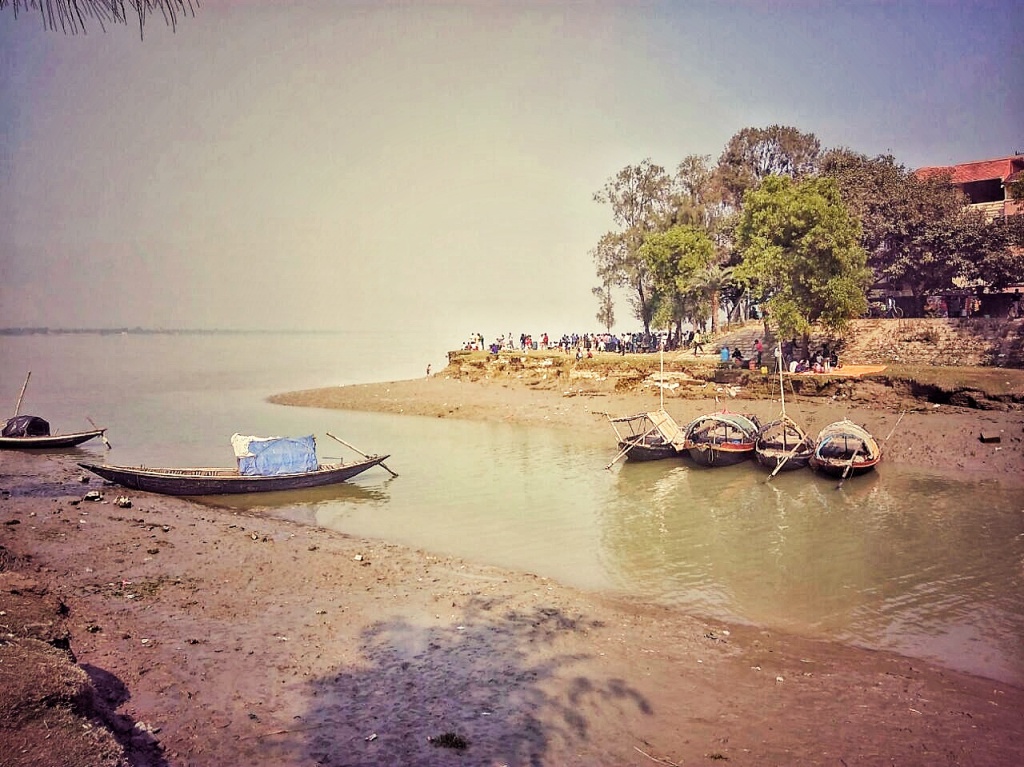
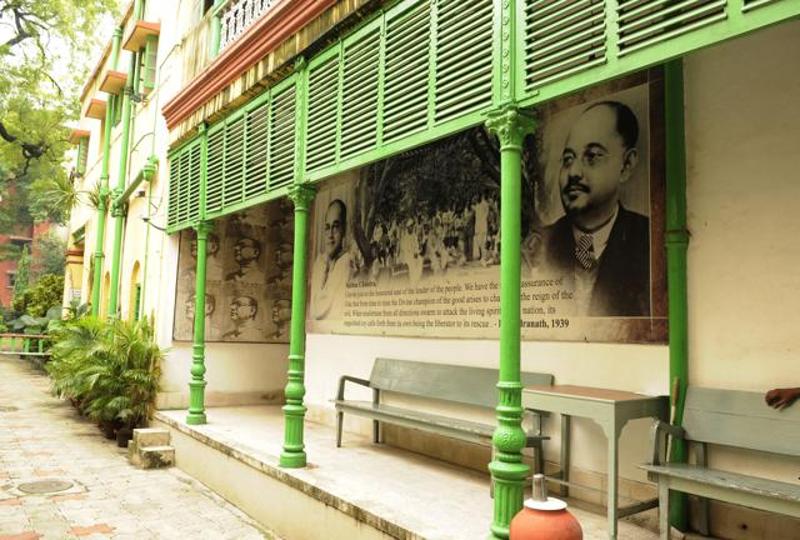
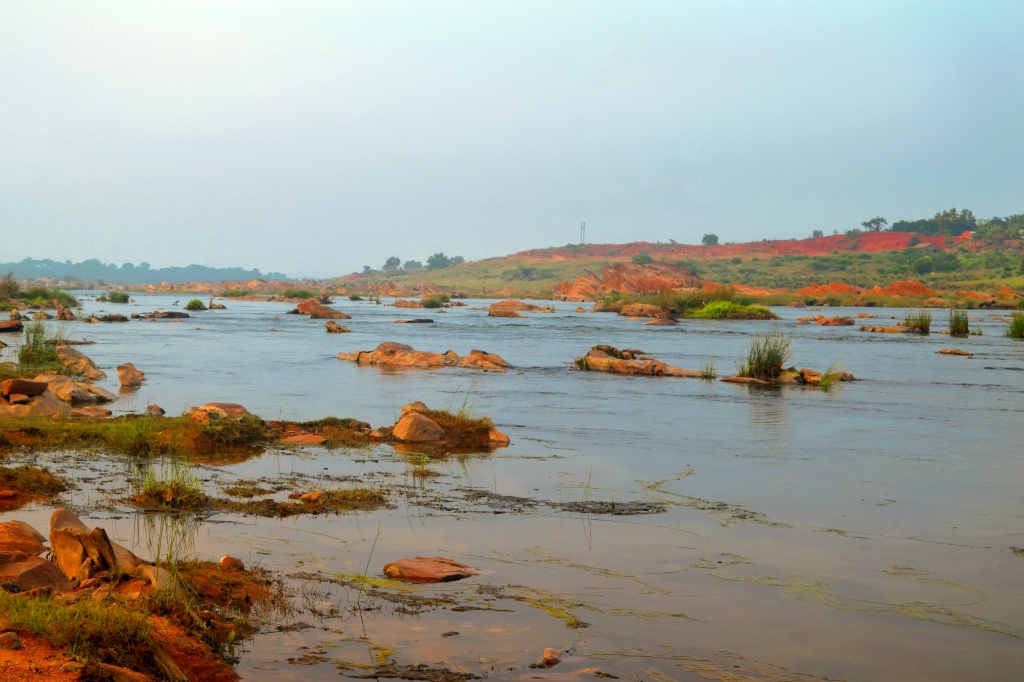
Leave a comment